The shoe sale market in Kuwait has experienced significant growth in recent years. This summary will provide an overview of the factors contributing to this growth, the current trends and preferences of consumers, the major players in the market, and the challenges faced by the industry. It is important to note that this summary is based on reliable market research and industry reports. Factors contributing to the growth of the shoe sale market in Kuwait: 1. Economic stability: Kuwait’s stable economy, fueled by its vast oil reserves, has resulted in increased consumer spending power, which has directly impacted the shoe sale market. 2. Growing fashion consciousness: Kuwaiti consumers have become more fashion-conscious, leading to a surge in demand for trendy and stylish footwear. The rise of social media influence has significantly affected consumers’ purchasing behaviors, as people strive to emulate their favorite fashion bloggers and celebrities.
leather
 3. Expanding retail infrastructure: The rapid development of shopping malls and retail outlets across Kuwait has contributed to the growth of the shoe sale market. These modern retail spaces provide a wide variety of shoe brands and offer a unique shopping experience for consumers. Current trends and consumer preferences: 1. Increased online shopping: Kuwaiti consumers have embraced online shopping, leading to the emergence of various e-commerce platforms dedicated to shoes. This trend is driven by convenience, a wider product range, and attractive discounts offered by online retailers. 2. Preference for international brands: Kuwaiti consumers have a strong preference for renowned international shoe brands, such as Nike, Adidas, Puma, and Gucci. These brands are perceived as offering superior quality and trendy designs, and shoppers are willing to pay a premium for them.
3. Expanding retail infrastructure: The rapid development of shopping malls and retail outlets across Kuwait has contributed to the growth of the shoe sale market. These modern retail spaces provide a wide variety of shoe brands and offer a unique shopping experience for consumers. Current trends and consumer preferences: 1. Increased online shopping: Kuwaiti consumers have embraced online shopping, leading to the emergence of various e-commerce platforms dedicated to shoes. This trend is driven by convenience, a wider product range, and attractive discounts offered by online retailers. 2. Preference for international brands: Kuwaiti consumers have a strong preference for renowned international shoe brands, such as Nike, Adidas, Puma, and Gucci. These brands are perceived as offering superior quality and trendy designs, and shoppers are willing to pay a premium for them.
Specifications of leather
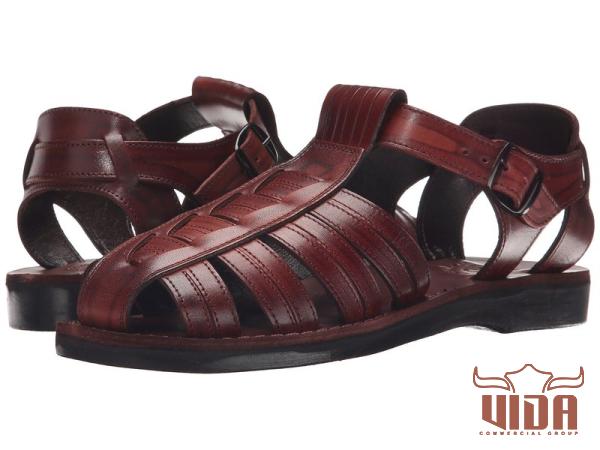 3. Demand for comfort and functionality: Kuwaiti consumers prioritize comfort and functionality when purchasing shoes. This preference has resulted in increased sales of athleisure footwear, as well as innovative designs that combine style and comfort. Major players in the Kuwaiti shoe sale market: 1. Multi-brand retail chains: Several multi-brand retail chains, such as Foot Locker, Centrepoint, and Shoe Mart, operate in Kuwait. These retailers provide an extensive range of shoe brands and cater to various budget ranges, appealing to a wide customer base. 2. Luxury department stores: Upscale department stores like Harvey Nichols and Bloomingdale’s have established a presence in Kuwait, offering a curated selection of luxury shoe brands to cater to affluent consumers’ preferences. Challenges faced by the industry: 1. Counterfeit products: Kuwait, like many other markets, faces the issue of counterfeit shoes, which undermines the reputation of genuine brands and affects consumer trust. Efforts are being made to combat this issue through stricter regulations and consumer awareness campaigns.
3. Demand for comfort and functionality: Kuwaiti consumers prioritize comfort and functionality when purchasing shoes. This preference has resulted in increased sales of athleisure footwear, as well as innovative designs that combine style and comfort. Major players in the Kuwaiti shoe sale market: 1. Multi-brand retail chains: Several multi-brand retail chains, such as Foot Locker, Centrepoint, and Shoe Mart, operate in Kuwait. These retailers provide an extensive range of shoe brands and cater to various budget ranges, appealing to a wide customer base. 2. Luxury department stores: Upscale department stores like Harvey Nichols and Bloomingdale’s have established a presence in Kuwait, offering a curated selection of luxury shoe brands to cater to affluent consumers’ preferences. Challenges faced by the industry: 1. Counterfeit products: Kuwait, like many other markets, faces the issue of counterfeit shoes, which undermines the reputation of genuine brands and affects consumer trust. Efforts are being made to combat this issue through stricter regulations and consumer awareness campaigns.
buy leather
 2. Competition from online retailers: The rise of e-commerce platforms poses a challenge to traditional brick-and-mortar shoe retailers. Online retailers often offer competitive prices, a wider selection of brands, and the convenience of doorstep delivery, attracting a significant portion of the market. 3. Seasonal fluctuations: The shoe sale market experiences seasonal fluctuations in demand, with the summer months being relatively slower due to hotter weather conditions. Retailers need to carefully manage inventory to avoid overstocking and maximize sales during peak seasons. Conclusion: The shoe sale market in Kuwait is going through a period of growth and evolution, driven by factors such as economic stability, fashion consciousness, and an expanding retail infrastructure. Kuwaiti consumers’ increasing preference for international brands, comfort, and functionality has influenced the consumer landscape, posing both opportunities and challenges for industry players. To successfully navigate this market, retailers should embrace e-commerce alongside traditional retail strategies, invest in brand authenticity, and remain adaptable to changing consumer preferences.
2. Competition from online retailers: The rise of e-commerce platforms poses a challenge to traditional brick-and-mortar shoe retailers. Online retailers often offer competitive prices, a wider selection of brands, and the convenience of doorstep delivery, attracting a significant portion of the market. 3. Seasonal fluctuations: The shoe sale market experiences seasonal fluctuations in demand, with the summer months being relatively slower due to hotter weather conditions. Retailers need to carefully manage inventory to avoid overstocking and maximize sales during peak seasons. Conclusion: The shoe sale market in Kuwait is going through a period of growth and evolution, driven by factors such as economic stability, fashion consciousness, and an expanding retail infrastructure. Kuwaiti consumers’ increasing preference for international brands, comfort, and functionality has influenced the consumer landscape, posing both opportunities and challenges for industry players. To successfully navigate this market, retailers should embrace e-commerce alongside traditional retail strategies, invest in brand authenticity, and remain adaptable to changing consumer preferences.
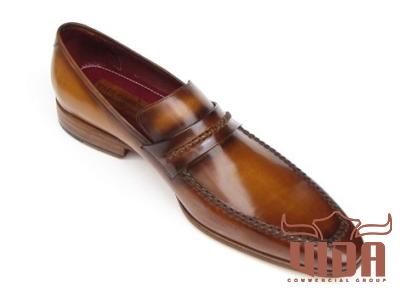


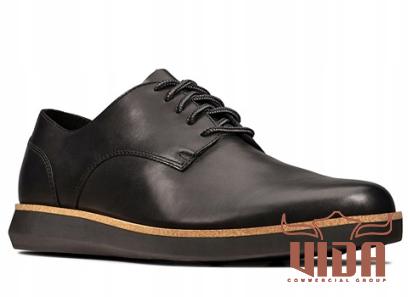
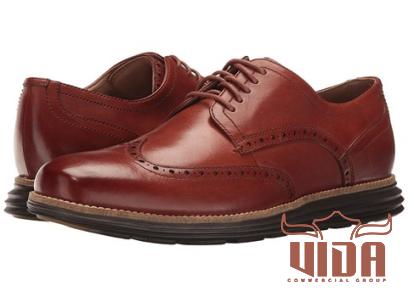
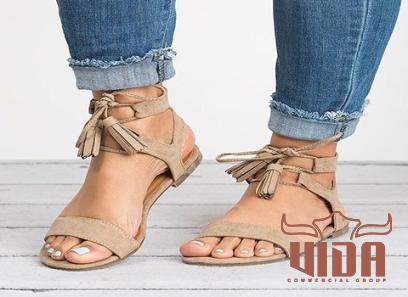
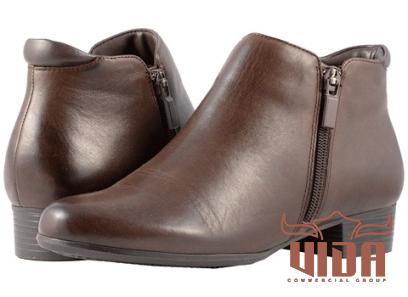



Your comment submitted.